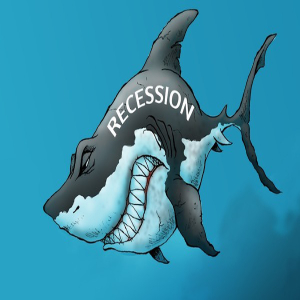‘It’s a deep emotional ride’ – 12 young people in Philly’s toughest neighborhoods explain how violence disrupts their physical and mental health
Published in Health & Fitness
In 2023, 410 people were murdered in Philadelphia – more than a quarter of them under age 25. In addition to the people who died, countless others lost loved ones and people they relied on.
As a social scientist who studies different forms of violence and how they affect a person’s health, I know that the violence young people in Philadelphia experience is about more than shootings, homicides and physical injuries. Social science recognizes many different types of violence beyond the physical – for example, poverty, racism and negative interactions with police.
Furthermore, violence can take a toll on one’s health even if the person is unaware of it. For example, I once interviewed a young man from West Philadelphia and tracked his heart rate. When a shooting occurred outside his living room window, his heart rate spiked suddenly from 51 beats per minute and hit 116. He had heard the gunshot, but it did not upset him. He felt he had been hardened to the violence happening in front of his door, and he was shocked to learn that his body had reacted so strongly.
To better understand the relationship between forms of violence and their impacts, I conducted an ethnographic study involving 12 young people ages 16 to 21 who lived in different Philadelphia neighborhoods where violence is prevalent. These included Kensington, the Northeast, Germantown, Cobbs Creek and Belmont. The study lasted from 2016 to 2018 and was recently published in the peer-reviewed Journal of Adolescent Research. The names used in this article are pseudonyms to protect the identities of the young people who contributed to my research.
I spent a month with each young person. I walked through their neighborhoods with them, interviewed them about their family histories and measured their heart rates as they went about their day. They wore wristband health monitors and carried a separate GPS tracker for four days. At the end of each day, I sat with them and reviewed their heart rate data and where they went.
I learned that where a young person lives, the societal messages they absorb and the different forms of violence they experience can deeply affect their physical and mental health.
The young people I worked with understood the lack of investments in their neighborhoods as signals that those in power did not care about them, their families or their communities. They talked about public school closures, the limited access to libraries and lack of trees or green space. Walking with me around her Cobbs Creek neighborhood, Desmond, 21, said, “Who would want to live here? There’s no shade, no trees, no big parks.”
They also saw how gentrification – the process of wealthier persons and investments displacing local businesses and residents – was changing their neighborhoods. Kalia, having lived her life in “little Puerto Rico,” as she called her Kensington neighborhood, told me how she felt about wealthier people moving in.
“Remember how I was saying that we’re loud, and we’re all like close to each other, we all just hang out and stuff? And they’re not like that. They’re quiet, and they have all their money, you know?” she said. “So I feel like they’re not only trying to change the neighborhood, they’re just trying to change the way people live.”
Working with the five young Black men in the study, I learned how their day-to-day interactions with the police impacted their self-worth. They shared experiences of police slamming them against a wall, knocking food out of their hands, refusing to believe they didn’t have a criminal record or chasing them out of parks.
...continued











Comments